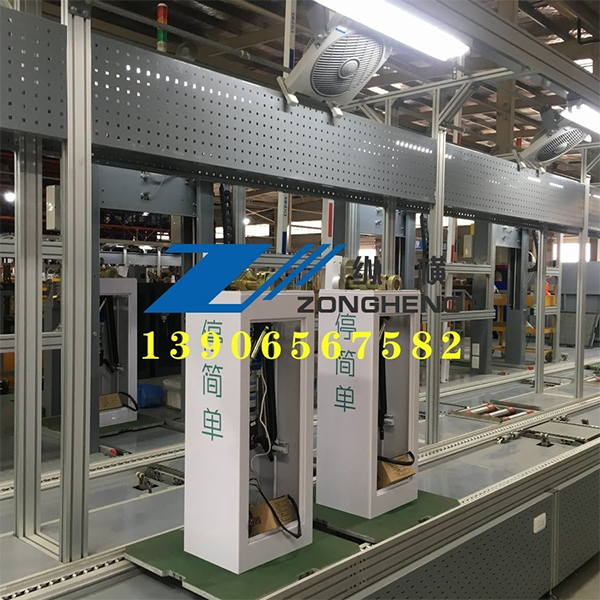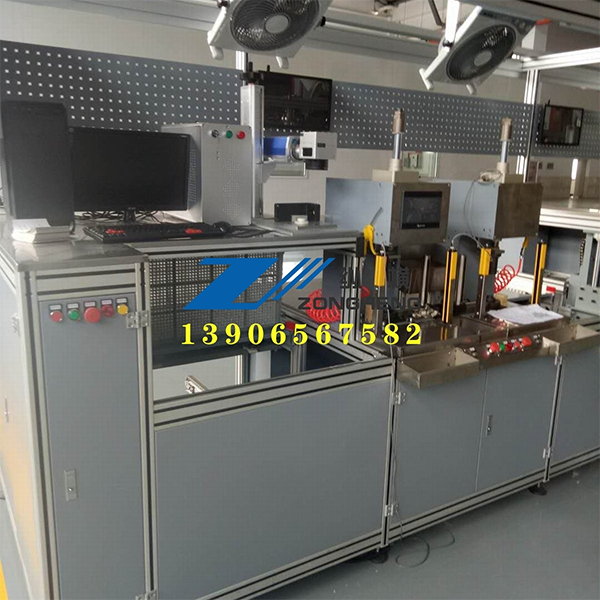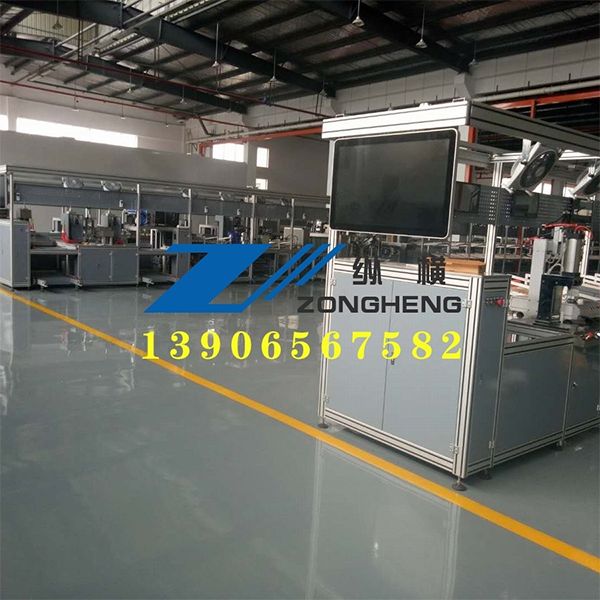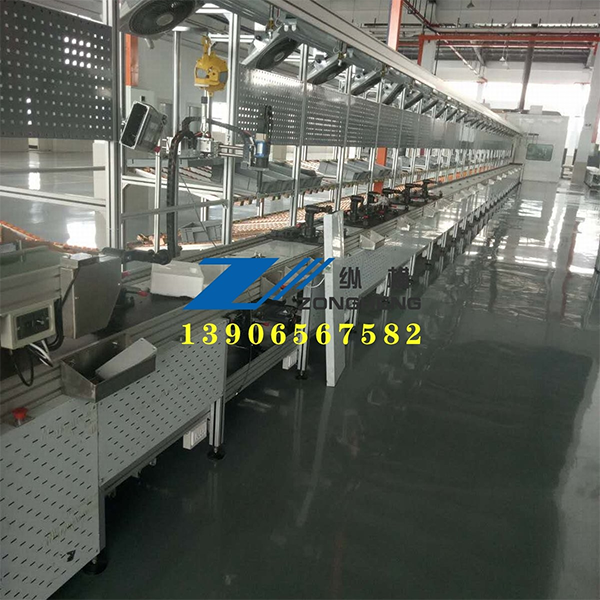Mechanical automated production line process
2025-07-18
1. Production Preparation Stage
Demand Analysis and Design
Define product specifications, output, quality requirements and production beats.
Design production line layout (linear, U-shaped, circular, etc.), optimize the material flow path.
Determine the degree of automation and key equipment selection.
Process planning
Decompose the product manufacturing process into multiple processes (e.g. stamping, welding, assembly, testing, etc.).
Determine the interface between processes (synchronous / asynchronous transfer) and buffer zone design.
Develop process parameters and quality control standards.
Equipment Selection and Integration
Select equipment that meets process requirements.
Design communication protocols and data interaction interfaces between equipment.
Build central control system to realize equipment linkage and monitoring.
2. Production execution stage
Material supply and loading
Automated warehousing system delivers raw materials according to order requirements.
The loading device (vibrating disk, robot) will accurately position the material to the starting point of processing.
Processing and assembly
Stand-alone automation: CNC machine tools, laser cutting machines, etc. to complete a single process (e.g. drilling, cutting).
Multi-station synergy: Carousel or assembly line layout realizes multi-process continuous operation.
Flexible Manufacturing: Adapt to multi-species production through quick mold change technology.
Quality Inspection and Feedback
In-line inspection equipment monitors product dimensions and defects in real time.
Machine vision system recognizes assembly problems such as misassembly and omission.
Inspection data is fed back to the control system, triggering alarms or automatically adjusting parameters.
Unloading and Packaging
The finished products are transferred to the packaging station via conveyor belt or robotic arm.
The automated packaging machine completes labeling, cartoning, sealing and other actions.
3. Logistics and Warehousing Stage
Intralogistics Automation
AGV (Automated Guided Vehicle) or RGV (Rail Guided Vehicle) transports the materials to the designated workstation.
Conveyor belts, elevators, etc. connect equipment at different heights or areas.
Finished Product Warehouse Management
Automated Stereo Warehouses (AS/RS) store finished products, which are efficiently accessed by stacker cranes.
WMS (Warehouse Management System) is interfaced with the production line MES (Manufacturing Execution System) to optimize inventory and delivery planning.
4. Control and Informatization Stage
Layered Control System
Equipment Layer: PLC controls individual machine actions (e.g. motor start/stop, cylinder expansion/contraction).
Monitoring layer: SCADA system collects equipment data and generates real-time reports and trend graphs.
Management layer: MES system schedules production plans, tracks order progress, and analyzes OEE (Overall Equipment Effectiveness).
Digitalization and Intelligent Upgrade
Industrial Internet platform integrates equipment, material, and personnel data to achieve remote monitoring and predictive maintenance.
AI algorithms optimize production parameters (e.g., cutting paths, assembly order) to reduce trial-and-error costs.
Digital twin technology simulates production line operation to identify bottlenecks and improve layout in advance.




